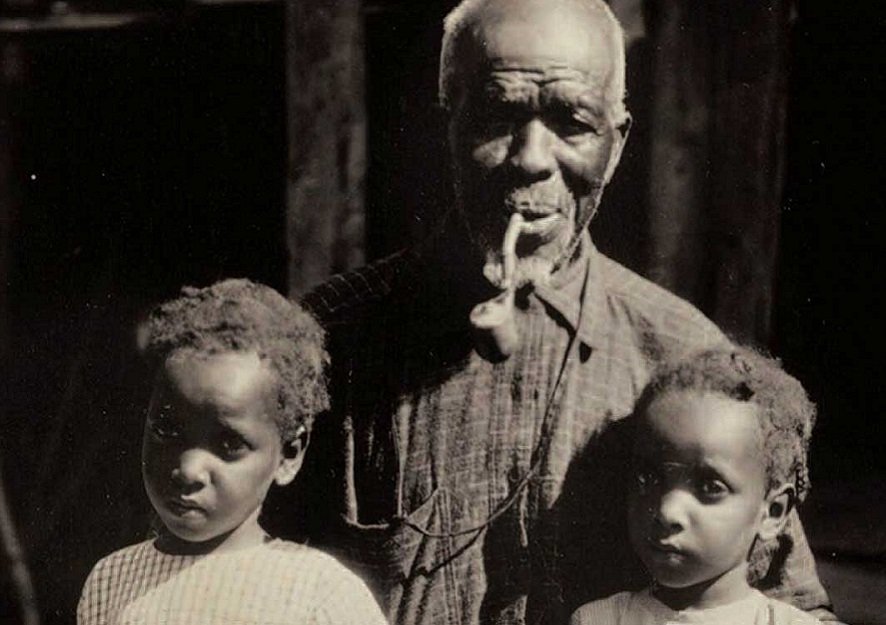Gallery with alias: PUBLIC_HISTORY_BLOG_POSTS not found

Artifacts help tell history’s story, not the other way around
As recent as May 2019, researchers made a profound discovery of an historical artifact, and it may turn out to be one of our nation’s most significant and powerful reminders of our worst history–slavery. National Geographic archeologist Fredrik Hiebert says, “The discovery of the Clotilda sheds new light on a lost chapter of American history. This finding is also a critical piece of the story of Africatown, which was built by the resilient descendants of America’s last slave ship.”
For public historians, historical artifacts such as those now being recovered in the brackish waters of Mobile Bay are not “the prize.” Of course, they are immeasurably important to the historic record, but the ultimate value of these objects is that they serve a greater purpose as prompts to the stories that explain our cultural heritage and historic legacy. These objects give meaning to history, representing the past and reminding us that what happened yesterday was once as real as what is happening today.
LIVING THE PAST
The photograph above is more than just an artifact, it is a story in and of itself. It is a human reminder of Cudjo Kazoola Lewis, shown here with his children. Regarded as the last survivor of the slave group brought here on the Clotilda, he is one of the founders of Africatown and lived well into the 1930s. He and the residents of Africtown left a direct legacy through the stories they told their kin; documented well into the 1950s, they also passed on their West African customs and language to their descendants. And this heritage continues. Africatown still stands, and its story continues–but not without struggle.
The wider story of slavery is ongoing. Today we tell the story to include the lasting social, economic, and political impacts of this terrible history. “We are still living in the wake of slavery, says Paul Gardullo, director of the Center for the Study of Global Slavery at the National Museum of African American History and Culture. “We continue to be confronted by slavery. It keeps popping up because we haven’t dealt with this past.”
THE POWER OF STORY
The thought-provoking short video below produced by the National Geographic Society underscores the role historic artifacts play in shaping our understanding of history. Artifacts such as the Clotilda and all the associated objects to be recovered at the site of the shipwreck give new meaning and context to this particular chapter of slavery. Moreover, these artifacts are anchors of reality, tangible things from an actual time, making history less abstract and theoretical.
For the direct and distant descendants of those African captives arriving on the Clotilda, indeed, for all of us, these new artifacts give rise to new stories not just about the last American slave ship, but also about our shared past, present, and future.
“A very powerful artifact to help us tell this story.”
~Kamau Sadiki, Clotilde archeologist
At The Social Voice Project, it is our view that museums tend to be object-centered, giving less attention to interpretation and meaning of artifacts (i.e., their stories). This is especially true in local history settings, where artifacts are typically left to speak for themselves in display cases, contextualized only through brief placards or identification tags affixed nearby. We contend that artifacts never speak for themselves, therefore it is up to public historians to make more of an effort to frame historical objects within historical narratives–not just of time and place, but also accounting for social, economic, and political themes that continue to shape these narratives–past, present, and future.
Artifacts help tell history’s story, not the other way around. Finding the Clotilde reminds us that there’s a story behind every artifact. Public historians need to tell these stories in new and interesting ways because we need to hear them.
This post is inspired by National Geographic’s multimedia online article: Last American slave ship is discovered in Alabama: The schooner Clotilda smuggled African captives into the U.S. in 1860, more than 50 years after importing slaves was outlawed.
PUBLIC HISTORY MATTERS
At The Social Voice Project, we celebrate history and people through our community oral history projects that give us a chance to look, listen, and record the voices and stories of our time. We encourage all local historical societies and museums to capture, preserve, and share their communities’ lived experiences, memories, customs, and values. Future generations are depending on it.
Contact TSVP to learn more about our commitment to public history and community oral history projects.

You must be logged in to post a comment.